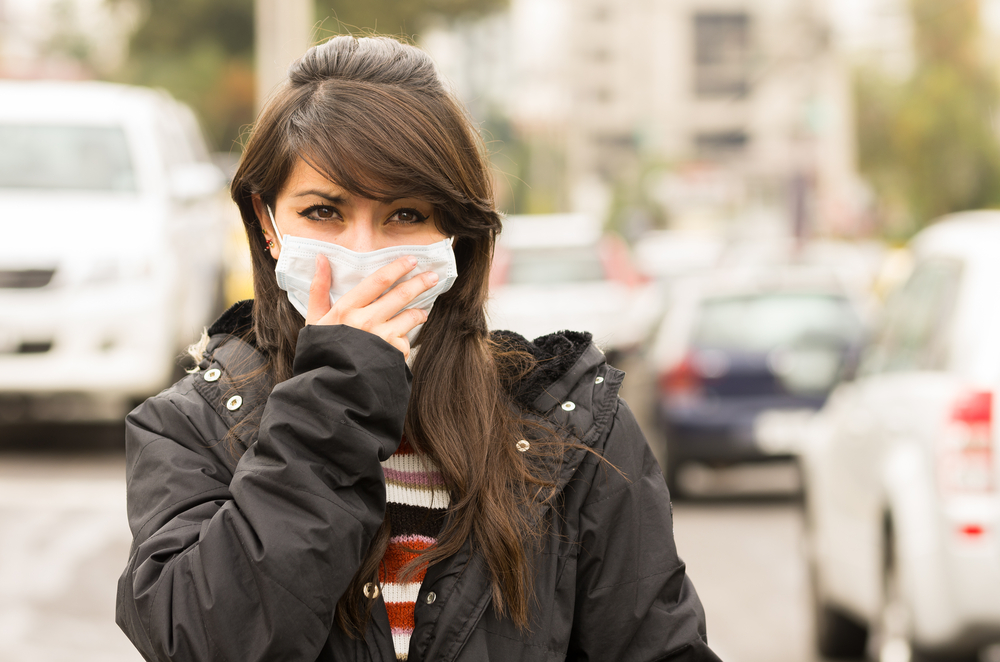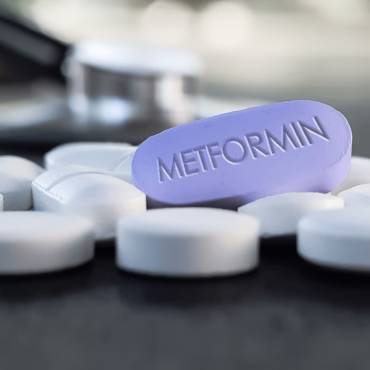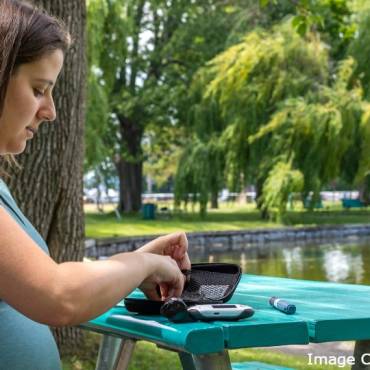Exposure to heightened air pollution could be a cause of mild to severe health problems including but not limited to asthma, skin allergies, blood pressure, and Type 2 diabetes etc. It’s important to consider the factors that you can control, such as being aware that morning and evening commute times might not be the best time to go for a run or a walk. Change up your schedule so that you’re not engaging in outdoor activities near sources of pollutants or during peak hours.
Air pollution can certainly increase the risk of Type 2 Diabetes faster. Therefore it is important that we should have a thorough knowledge to control and manage our diabetes before it gets worst. And on the other hand moving towards a forest or in a village won’t be feasible for many of us to have a fresh air. So, knowing how to manage type 2 diabetes is very necessary if you are suffering with it.

Also Read:Non-Prescription Eyelash Enhancer 101
In type 2 diabetes your body does not utilize insulin efficiently. This is known as insulin resistance. Initially, your pancreas makes additional insulin to make up for it. But gradually it’s not able to keep up and can’t make enough insulin to keep your blood glucose at a normal level.
Management of Type 2 Diabetes includes:
- Healthy Eating– It’s important to center your diet on the high-fiber, low-fat foods like fruits, vegetables, and whole grains. Low glycemic index foods also may be helpful. The glycemic index is a measure of how quickly a food causes a rise in your blood sugar. Foods with a high glycemic index raise your blood sugar rapidly. Low glycemic index foods help you in achieving more stable blood sugar. Foods which are low in glycemic index usually are foods that are high in fiber. A registered dietitian can help with meal plans that fit your health, food preferences and lifestyle. He or she can also tell you how to watch your carbohydrate intake to keep your blood sugar levels more stable.
- Physical Activity– Everyone needs regular aerobic exercise, and this exercise is very important for type 2 diabetes treatment. Promise yourself for at least 30 minutes of aerobic exercise five days of the week. Stretching a body exercises are important too. Initially, start slowly and build up gradually. Keep in mind that physical activity lowers blood sugar. Record your blood sugar level before any activity.
- Monitoring Your Blood Sugar– Considering your treatment plan, you may need to check and record your blood sugar level every time, and if you’re on insulin then you need to check it more frequently. Ask your doctor how often he or she wants you to check your blood sugar. Strict supervision is the only way to ensure that your blood sugar level is within your target range. It is an essential part of diabetes care.
- Diabetes Medications and Insulin Therapy– Some people who have type 2 diabetes manages to achieve their target blood sugar levels with diet and exercise only, but many others need its medications or insulin therapy. The decision about which medications are suitable varies due to many factors, including your blood sugar level and any other health problems if you have.
- Alternative Medicine– Numerous alternative medicine substances helps improving insulin sensitivity. If you want to try an alternative therapy, don’t avoid taking the medications that your doctor has suggested. Be sure to consult with your doctor regarding the use of any of these therapies to ensure that they won’t affect adversely.
The objective of diabetes treatment is to maintain blood glucose levels as close to the target range between 4 to 6 mmol/L (fasting), this will prevent both short-term and long-term complications. Your health care team can help you with blood glucose monitoring, healthy eating, and physical activity. However, sometimes healthy eating and exercise are not enough to keep the blood glucose levels down. Type 2 diabetes is a continuous condition. As time proceeds, the insulin becomes more resistant and the pancreas is less effective converting glucose into energy. To assist the pancreas in converting glucose into energy, people with type 2 diabetes are usually prescribed tablets to regularize their blood glucose levels.
Also Read: Learn More About Your Thyroid Gland!
Eventually, it becomes necessary to start taking insulin to control blood glucose levels. This is the stage when your body no longer produces required insulin on its own. Sometimes tablets are prescribed in addition to insulin. If medication is required as treatment, than consider it as an essential part of the natural progression of the condition. Taking medication when required can result in fewer complications in the long-term. Occasionally, some side effects can occur with medications. Speak with your doctor or pharmacist if you experience any problems.



